James Webb Space Telescope is finally active and bringing back unprecedented images from the edge of the universe and the beginning of time!
You may have seen one of its first images that shows a universe chockablock full of galaxies – and that’s only a fraction of what’s out there. In fact, this was said to be about as much of the universe as looking at a grain of sand held at arm’s length.
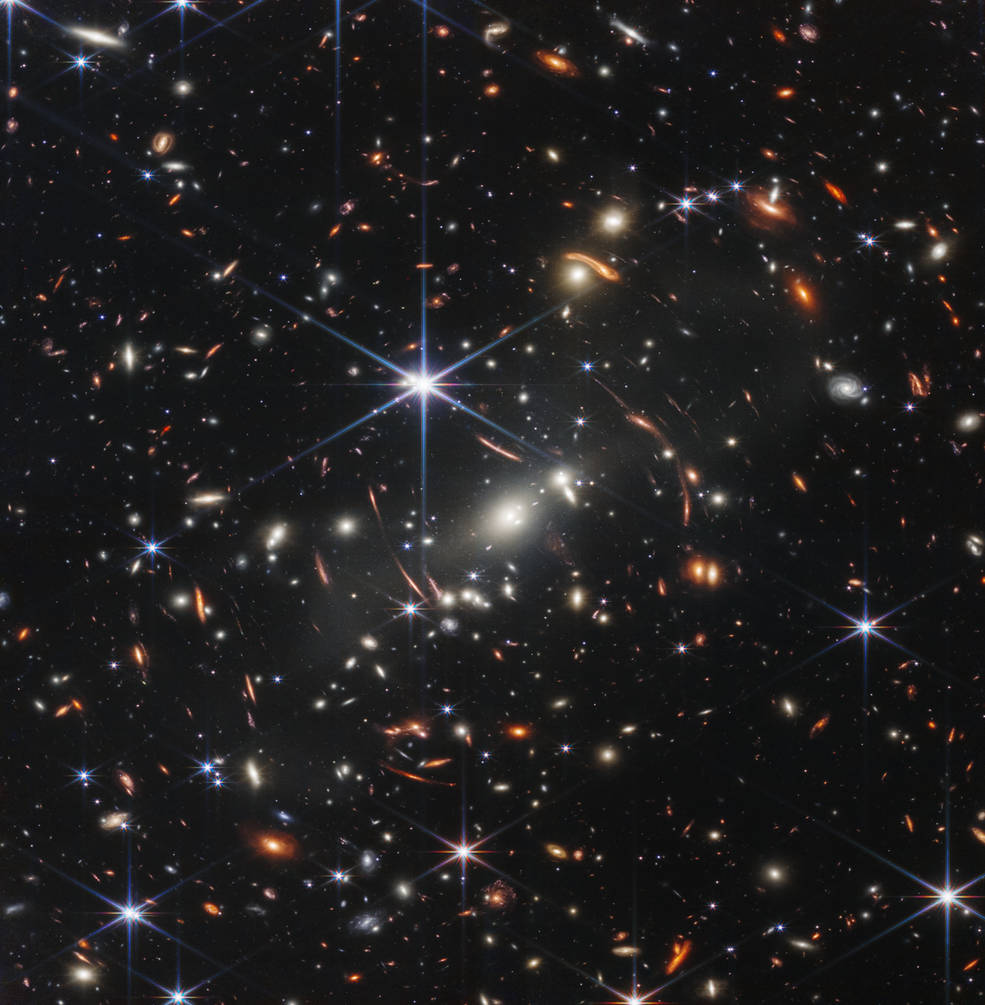
Now it’s also bringing back images of Cartwheel galaxies, an exploding supernova, cosmic collisions, and stunning new images of something a little closer to home – Jupiter!
Take a look at some of my favourite images below and be sure to visit the James Webb Space Telescope blog to see the latest.
Jupiter in Infrared
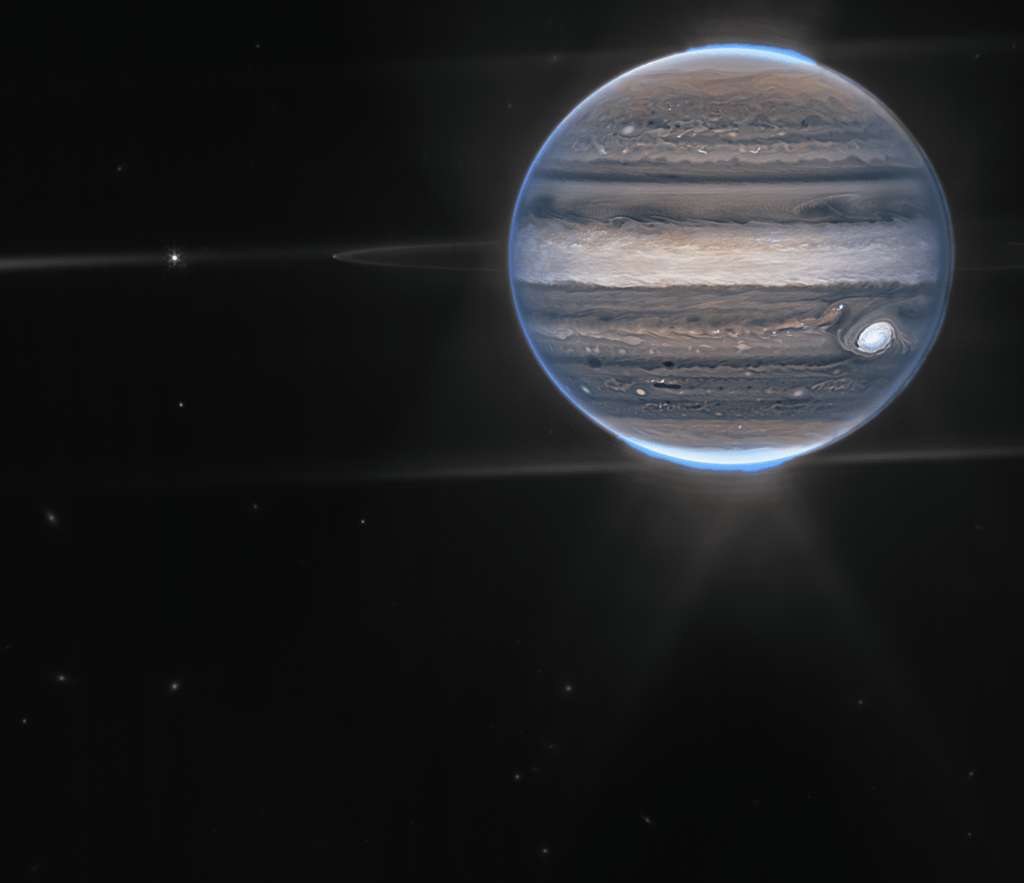
James Webb Telescope has revealed our own backyard gas giant – Jupiter – like never before. Auroras, high altitude clouds and the infamous Great Red Spot are seen here thanks to Webb’s Near-Infrared Camera (NIRCam). As are two tiny moons – Amalthea and Adrastea – and Jupiter’s faint rings. Learn more about this impressive image here!
The “Cosmic Cliffs” of Carina’s Nebula

I can’t explain this one any better than the experts at NASA, so here it is straight from the source: “Called the Cosmic Cliffs, Webb’s seemingly three-dimensional picture looks like craggy mountains on a moonlit evening. In reality, it is the edge of the giant, gaseous cavity within NGC 3324, and the tallest “peaks” in this image are about 7 light-years high. The cavernous area has been carved from the nebula by the intense ultraviolet radiation and stellar winds from extremely massive, hot, young stars located in the center of the bubble, above the area shown in this image.”
Phantom Galaxy

This image of grand design spiral galaxy – M74 – reveals a nuclear star cluster at its centre, and filaments of dust and gas in its spiral arms. Stunning.
Hourglass Protostar
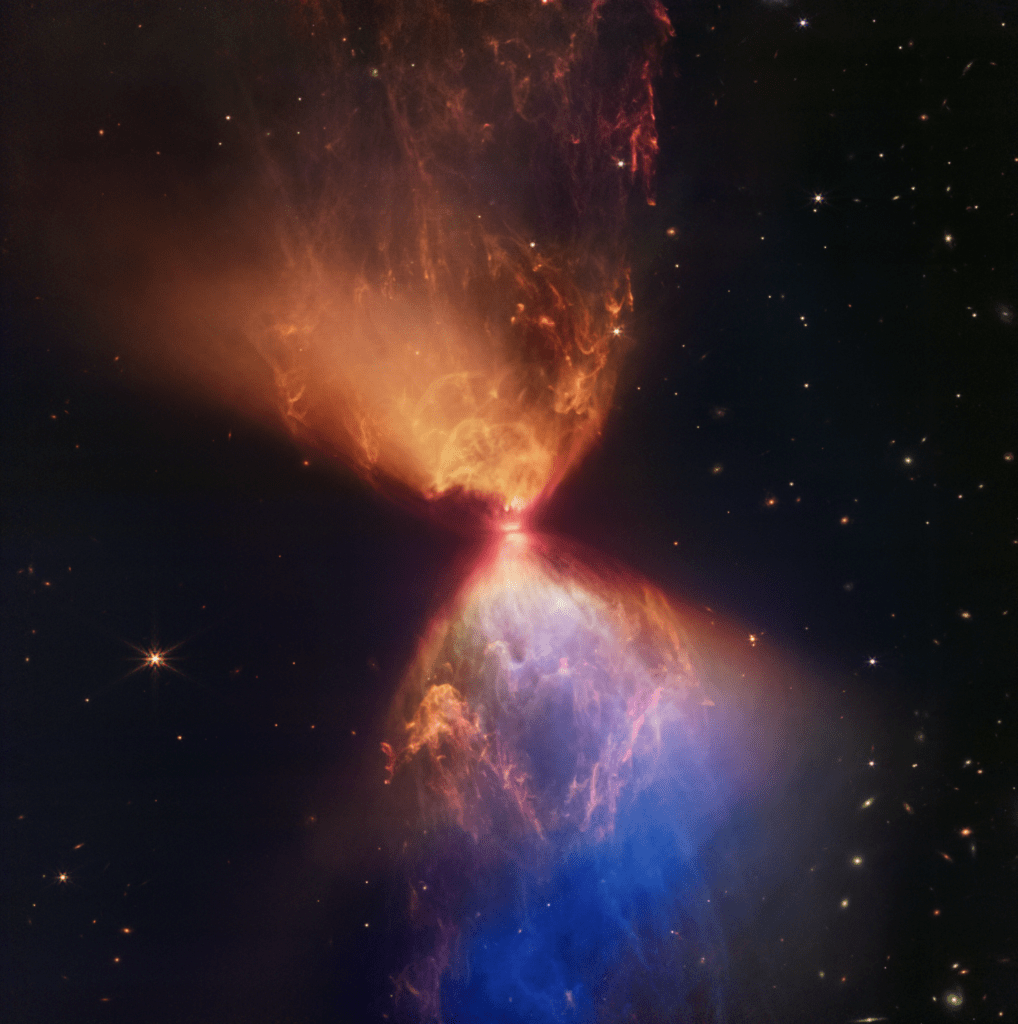
A star is born! Hidden within the neck of this hourglass is a young protostar that is only around 100,000 years old. Learn more here.
Tarantula Galaxy

The Tarantula Galaxy has previously been shrouded by cosmic dust, but thanks to Webb’s NIRCam, we can now see through it to reveal tens-of-thousands of young stars. Astronomers are interested in studying this rapid star-producing nebula and comparing it to distant, ancient galaxies to better understand how the cosmos were formed. Learn more here.
Cartwheel Galaxy

The name is fun and the image is too! A large spiral galaxy and a smaller galaxy collided over 400 million years ago to form this cartwheel shape. NASA considers this to be a galaxy in a very transitory state and its unknown how its form will evolve over time.
Jupiter’s New Profile Pic

Citizen scientist Judy Schmidt processed these new views of Jupiter, revealing the largest planet in our solar system like never before.
The Pillars of Creation
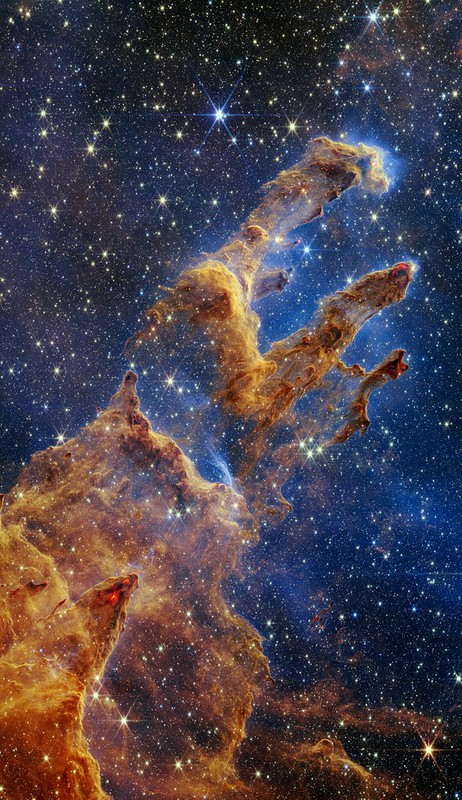
Hubble famously captured the Pillars of Creation in 1995 and now Webb has enhanced that view with its ability to use infrared to peer through dust. Now, we can better understand and count the newborn stars emerging from this majestic space sandbox.
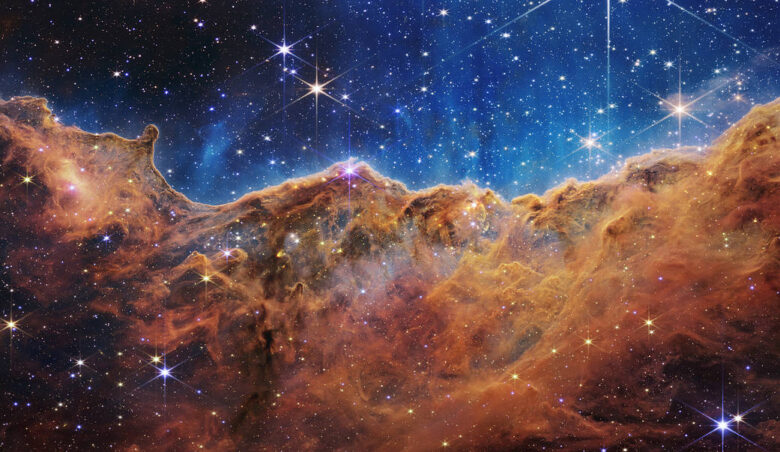
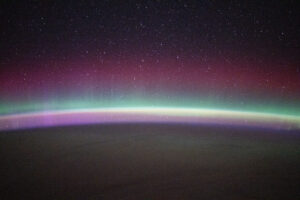
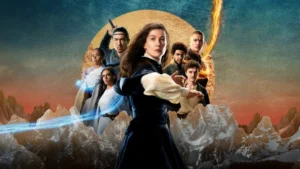

Comments
Jupiter’s new profile pic, lmao! ?